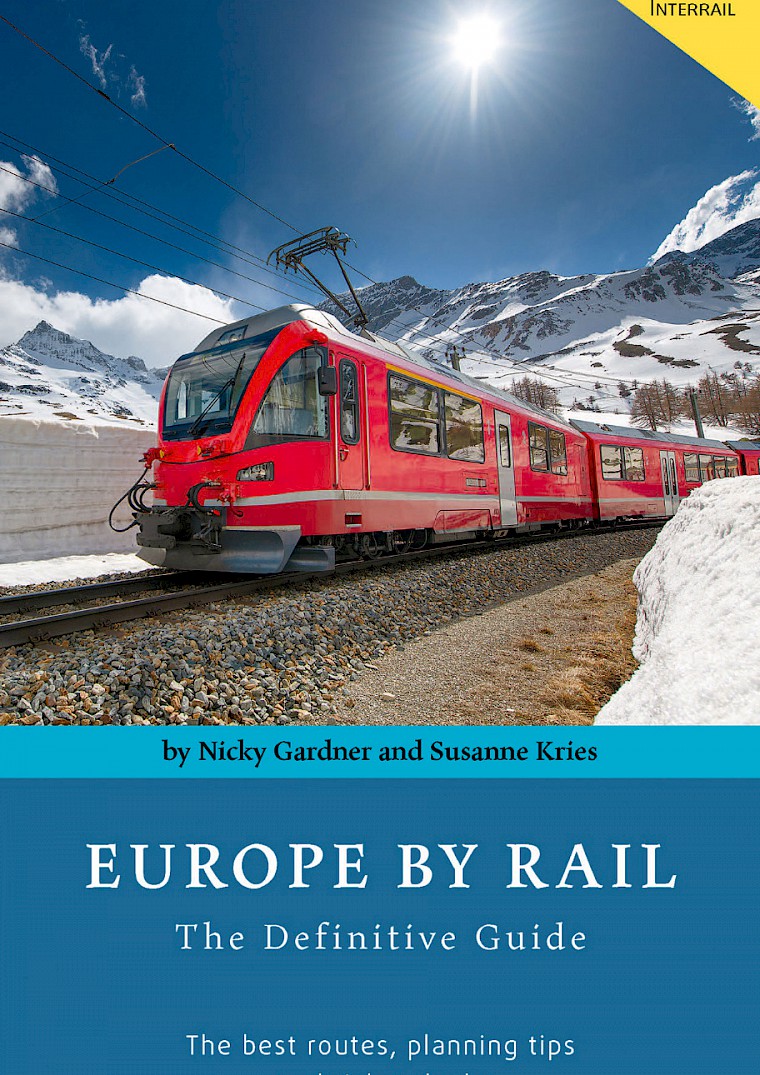Is it not extraordinary how some travel trends persist over centuries? In the heyday of the Grand Tour, privileged travellers from northern Europe headed south in their thousands to Naples, but very few ever went far beyond. That’s still largely true today.
In the 18th and 19th centuries the city of Naples, although raucous and scruffy, tugged irresistibly on the north European imagination — and it still does today. The French poet and librettist Auguste Creuzé de Lesser had words for the city. “Europe ends at Naples — and it ends there quite badly,” he wrote 200 years ago. Naples has tidied itself up, but not completely. The noise and bustle of the city is complemented by the dramatic landscapes of the Sorrento Peninsula and the islands of Ischia and Capri, with the entire ensemble presided over by temperamental Vesuvius which still spits at intervals.
Our journey takes in these Neapolitan staples to be sure, but the real appeal of this route lies beyond Naples. This is a journey which ventures past the point where most rail travellers visiting Italy turn round and head back home. It gives a taste of the fiery harsh lands of Basilicata and it takes in a great sweep of the Calabrian coast. This is one of Europe’s finest coastal rail journeys.
Our journey south includes a short hop on a ferry from Villa San Giovanni, at the toe of the Italian mainland, to the Sicilian port of Messina. Five trains each day are shunted onto ferries for the crossing over the Strait of Messina. The endgame is Sicily, the largest island in the Mediterranean (just beating Sardinia to that record). Successive invasions by Greeks, Romans, Arabs, Normans, French and Spanish have shaped the Sicilian character; the land is a strange mixture of fertile plains, volcanic lava fields and rocky desert, while Mount Etna, the great volcano, is omnipresent, smoking in the background.
South to Naples
Our route starts in Rome and follows the main line from the Italian capital via Formia to Naples. This railway was conceived as a pioneering experiment in high-speed travel. So tortuous and slow was the old inland route through Cassino (which is still used) that a new line closer to the coast was completed in 1927. Nowadays, the high-speed trains use an even newer line which opened in 2005, but we think the Formia route is the best prelude to this Sicilian adventure.



